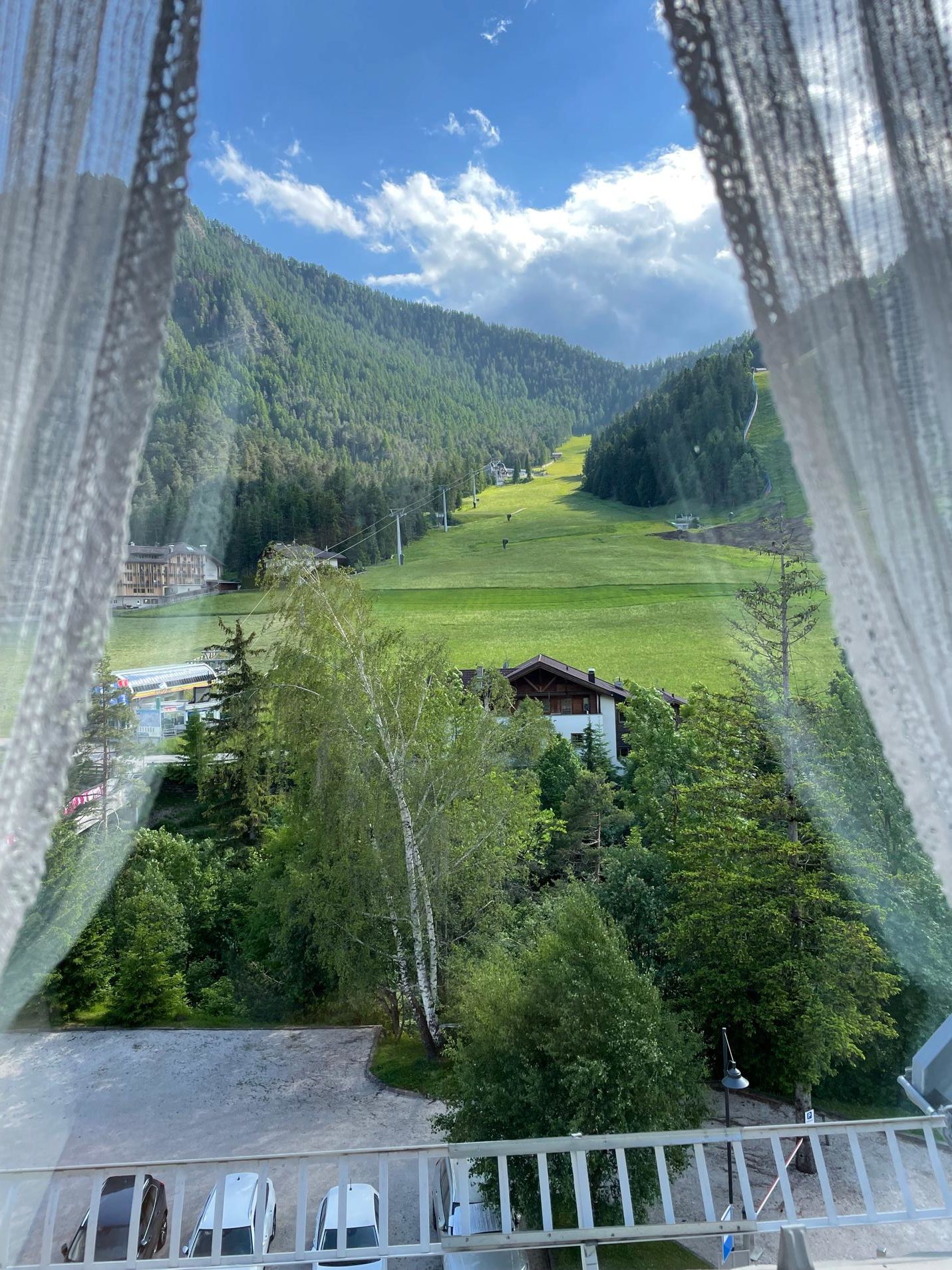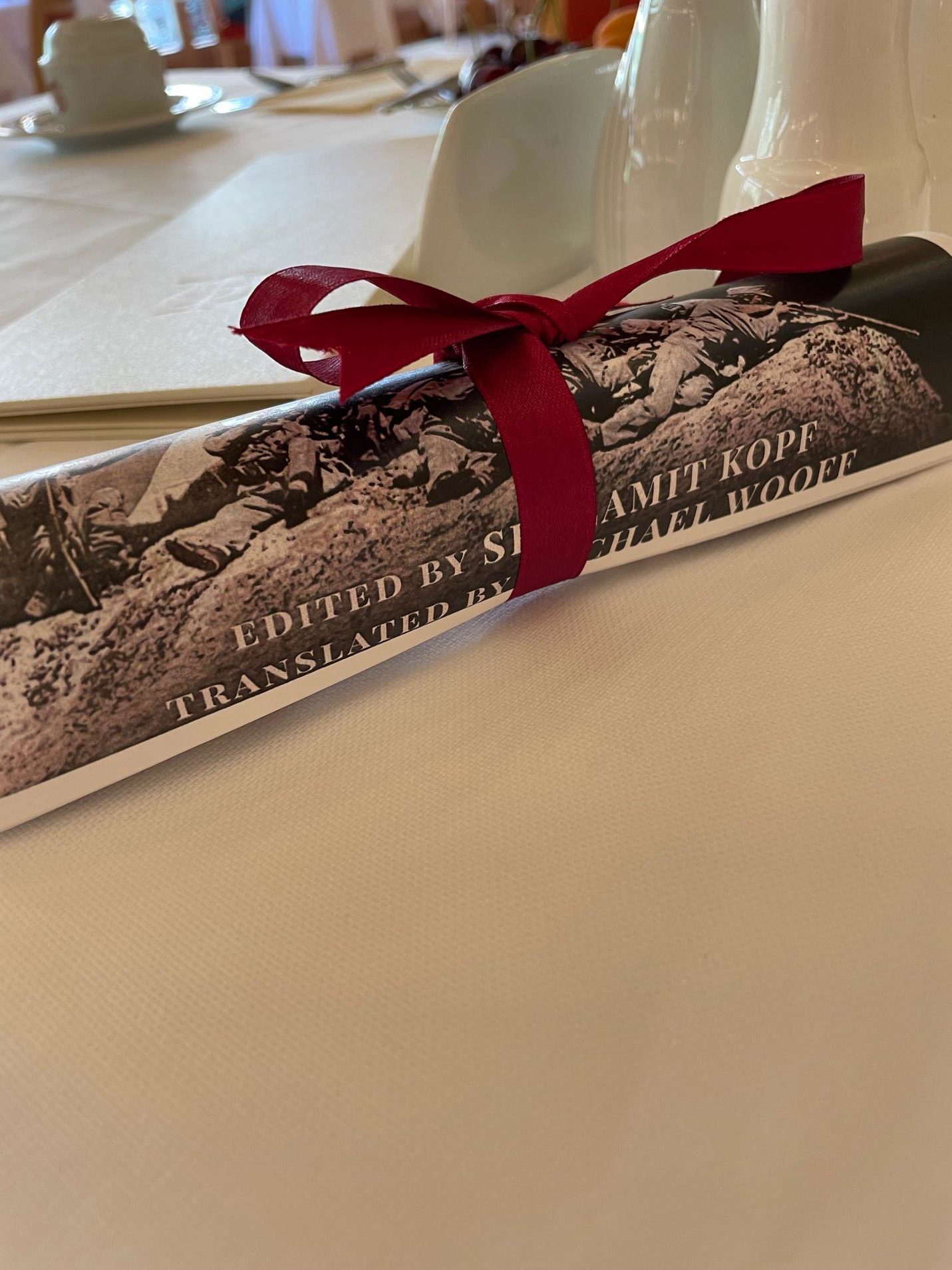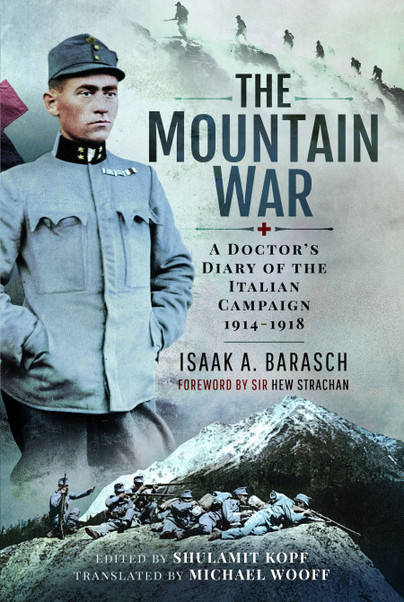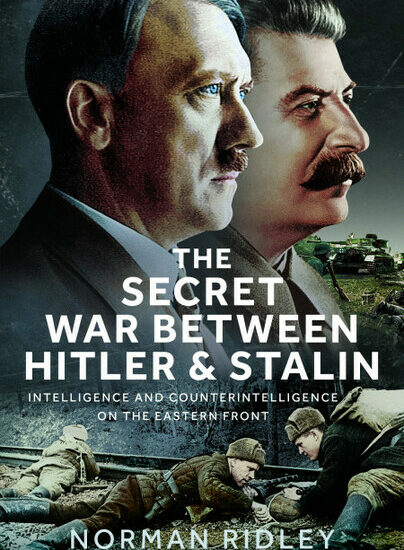Author Guest Post: Shulamit Kopf
“And when the war is once over and fate in the meantime has not snuffed me out. If the bloodletting stops and I am still among the living, you’ll see me again, fair San Viglio, and then I want to enjoy your splendor unmolested.” June 5, 1916
Dr. Isaak A. Barasch, a doctor in the Austro-Hungarian army, wrote these words in his diary by the light of a candle during a sleepless night when ordered to quit the beautiful village perched high in the Dolomites. He fell in love with San Viglio, finding fleeting moments of happiness in the 24 days he spent there away from the carnage of World War I.
He crafted his farewell with poetic grace:
“Adieu, you fair San Viglio with your good Monte Sella. Adieu, you broad green meadows with all your enchanting splendor of bloom. Adieu, all you little villages up there that gaze trustfully down into the valley. Adieu, all you proud hills. You rushing streams and fragrant pine forests, adieu. I am taking my leave of you…”
He promised to return at the war’s end if still among the living.
Tragically, fate had other plans.
My great-uncle died in Vienna of the Spanish Flu a month before the signing of the Armistice agreement, and the grandeur of San Viglio was likely a faint memory as he struggled to breathe his last.
But his words about San Viglio kindled in me a fierce determination to visit the village to honor the promise he could not keep.
This June, I fulfilled that vow.
San Viglio is as beautiful as my great-uncle described in his diary when he served as a doctor in the Austro-Hungarian army on the Italian front.
“The Mountain War A Doctor’s Diary of the Italian Campaign,” published by Pen & Sword in 2021, was hailed by historians as extraordinary, an essential portrait of a sensitive man struggling to retain his humanity during the war.
From my room in the beautifully restored Monte Sella Hotel, where my great-uncle was billeted, with the window open at night, I could hear the rushing of the stream he described.
“In the deep stillness of the night, I can hear the noise of the close, quickly rushing stream that, with the thaw of spring, carries off more and more meltwater out of the mountains towards the valley. It is coming down now to more peaceful and calm regions. Perhaps it has been forced up there during the thaw to see the sad drama of war, this dumb witness. Yes, they’re going at it, hammer and tongs. Our offensive is in full swing.”

I meandered around San Viglio and saw the “little villages up there that gaze trustfully down in the valley.” I strolled in “the broad green meadows with (the) enchanting splendor of bloom.”
“The place we are in is a beauty spot,” Dr. Barasch noted. “The only things missing are a society in harmony with it.”
My son, David Beyer, from San Francisco, accompanied me in my great-uncle’s footsteps. We were joined by Dr. Erwin Schmidl, a distinguished Austrian military historian, president of the Austrian Commission of Military History, and his lovely wife, Elena.
They picked us up in Punta Sabbioni in Venice, and we drove to the Dolomites.
When I first decided to visit San Viglio, I Googled the Monte Sella Hotel
to check if it still exists. When Dr. Barasch arrived on a road built by Russian prisoners of war, the Jugendstil hotel was 13 years old and the only hotel in San Viglio. It had only recently been electrified.
Yes, the Monte Sella Hotel exists and is run by a third generation of the Cristofolini family.

My uncle’s words touched Norbert Cristofolini so profoundly that he insisted we be his guests, a gesture that moved me to tears in an emotional journey that had now become a homecoming.
The hotel has been restored to its Art Nouveau beauty with attention to every detail and love evident in every corner.
The three-story structure painted yellow with white trim; green wooden shutters was our first sight upon entering San Viglio.
The Cristofolini family welcomed us with warmth, like long-lost relatives.

Norbert invited us to give a talk to the hotel guests about Dr. Barasch’s sojourn in San Viglio. The following day at breakfast, each table had a copy of the book’s cover with my great uncle’s words translated into several languages and an invitation to the lecture, rolled up and tied with a crimson ribbon. We met several couples who return to Monte Sella year after year, one from far away Australia.

“The only time my great uncle was happy during the war was the time he spent here at the Monte Sella in San Viglio,” I began my talk.
By the time he got to San Viglio on May 16, 1916, Dr. Barasch had been in the field without interruption for almost two years. He was drafted on August 20, 1914, after finishing his medical studies in Vienna. He spent half a year on the Eastern Front and another year in Croatia before being transferred to Italy, where he was primarily stationed with troops on the feared Isonzo front, aptly called the “Isonzo Hell” by the soldiers. He vividly describes the bombardments (“the disgusting devil’s music”), the sleepless nights, the phalanxes of wounded and dead, and the sight of children blown apart by bombs. His nerves are shattered, and he couldn’t sleep, he said. He discussed an “inferno that not even Dante could find sufficient words to describe.” And noted the “tragedies being played out here a thousandfold daily.”
So, I can imagine his sheer happiness when ordered to San Viglio for a few weeks to work in the beautiful Monte Sella Hotel, which had been converted into a hospital for officers.
After clinic hours, he hiked in the mountains.
“What a perfect afternoon I have just had. A hot clear day. The whole of nature is bursting out all over. All the broad, green, fragrant meadows. The many small and high up lushly wooded hills, all the mountain huts small and simple, it’s true, but gazing proudly at you from high, and then the hollow sounding, intensely rushing mountain springs…”
He climbed up a path “marked in red which leads to the Kronplatz, a mountain that is over 2,000-m high. I only got halfway and contented myself with a splendid view from here over St. Vigil… Here I lay down on the grass. Various flowers (the purple gentian, a purple primula, and the yellow first spring flower) adorn in beautiful patches, too numerous to mention. In the meadows everywhere, goats and sheep are grazing. In the fields, women are working busily. The men all had to go off to war…”

My great-uncle died 36 years before I was born, and I heard stories about him from my mother. I began appreciating his intelligence, compassion, and humanity when I had his diaries translated from German into English. With access to his private thoughts, uncensored, I felt I know him better than most people in my life.
Throughout the war, he never lost his humanity, his empathy for the suffering of the soldiers and the beleaguered civilian population, his wry sense of humor, and his scathing gaze set on officers who care for medals more than the lives under their command.
He was acutely aware of the lunacy of it all.
A sentence in his diary that cemented my love for my great uncle is when a superior officer quarreled with him for being too lenient with the wounded soldiers. He ordered him to acquire military callousness at once, “without suspecting that my biggest worry all the time was how to stay untouched by it, and the latter objective I have attained to my utmost satisfaction.”
How can I not love him for that?
Walking around the Monte Sella hotel and the village of San Viglio was the first time I could walk in his footsteps; I descended the same curving staircase that he walked down past the stained-glass windows and sat in the same dining room where he took his breakfast.
Dr. Schmidl, working on a German edition of the diary, was also moved by our visit to San Viglio.
“It added a new dimension,” he says. “I had read the diary and the places he went to, looking them up on the map, but it’s different from seeing the mountains and landscape as he saw it in the real world. And, of course, filling in our knowledge about him and what he experienced by being in the same place he was in more than a century ago.”

Dr. Barasch left San Vigilio on June 6, 1916, on horseback with two others traveling to the Austrian positions high up in the Dolomite Mountains in what became driving, relentless rain. It soon began to snow heavily. The next day, he reported in the diary heavy artillery fire on their positions with considerable losses on both sides; on the Austrian side, sixteen men were wounded, four killed.
“A sapper was badly wounded, A shot to the head with brain prolapse and the resulting loss of consciousness; I saw to him but have not the slightest hope of him staying alive. The Italians also sustained losses today. They ended up with five dead, among them a medic who took a shot to the head in front of our barbed wire and fell dead. The latter came into our hands, and we buried him.”
Although fought against the backdrop of breathtaking scenery, the war in the mountains was as gruesome as the trenches on the Isonzo or Western front.
My great-uncle’s ephemeral moments of peace in San Viglio were over–he was back in the war.

The Mountain War is available to order here.

